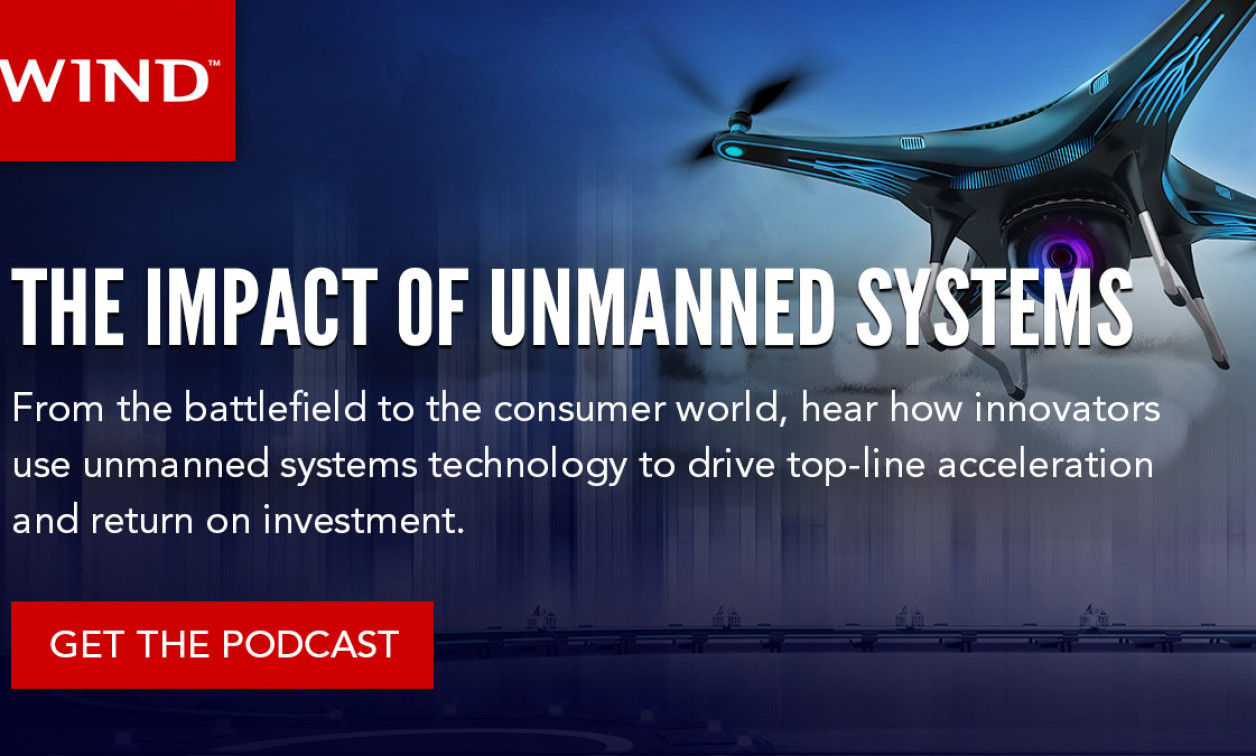Autonomous flight - safe and secure - will improve everyday life
Sponsored StoryApril 09, 2020

Online sales of consumer packaged goods rose 91 percent year over year in the U.S. during the week of March 9, according to Nielsen. At the same time, UPS, FedEx, the U.S. Postal Service, and DHL suspended their normal service guarantee of a refund if a delivery arrives late. Nonessential orders can face delays up to a month. It’s often challenging to handle new workflows with old infrastructure.
It is expected the growth of online shoppers to remain the same even after the initial purchases. What will be critical next is to retain these new online shoppers. This puts great pressure on retailers to ensure positive customer experiences, including delivery delays.
There is a new wave of tech envisioned to support the complete redesign of supply chains. From robots to last-mile delivery drones, a common thread appears. The autonomous systems future that was already on its way, steps into overdrive. The stakes are not just around packages, but a new mobility concept that is reliable, safe, and operates undisrupted in any situation.
The acceleration trend affects every area – from developing autonomous systems and applications, to supporting the compute capacity surge in silicon platforms, and integrating the system into the world it will operate in.
For delivery drones, that is the common airspace. And so it begins. Although historically, regulations have lagged behind technological jumps, regulators are tirelessly working to close the gap. From new proposals, to public consultations and directly working with autonomous tech leads inside primes and new mobility startups, government and industry are working together to enable innovation in transportation.
The European Union Aviation Safety Agency (EASA) has been expanding its research activities in the field of drones. This past March, the agency published the new access rules and procedures for the operation of unmanned aircraft. Other projects address the risks of potential collision between drones and manned aircraft.
In the U.S., the FAA is working to enhance safety in the skies. The agency just received more than 53,000 comments on a recent proposal, the Remote ID notice. At the same time, the ramp up in Part 135 certifications for carriers continues. Last year was a pivotal one for that.
Several Part 135 certifications were awarded. From UPS Flight Forward, to Wing Aviation, FAA is working to accommodate the commercial operation of small drones that carry packages. And the effect spans throughout the ecosystem.
UPS Flight Forward now works with CVS Health to develop a variety of drone delivery use cases, including business-to-consumer operating models. The program will include delivery of prescriptions and retail products to the homes of CVS Pharmacy customers from its retail stores, in addition to other potential use cases.
The FAA has long recognized that the enhanced safety achieved using an unmanned aircraft is in the public interest. So these new delivery operations, regardless of what propelled them forward, will only add to the historical data that can be used to create that assurance and build confidence with the public.
Wind River is closely following the developments in this space to advise customers on what comes next. In the latest episode of “The Impact of Unmanned Systems,” Paul Hart, Chief Technology Officer, Curtiss-Wright and Gareth Noyes, Chief Strategy Officer, Wind River, talk to John McHale, editorial director for Military Embedded Systems, about the challenges of getting drones to fly in civilian space, from a safety certification standpoint. Check out the latest podcast episode and hear how new operators must comply with regulatory requirements both on a device level and on an air management level.
Listen to “The Impact of Unmanned Systems” podcast, episode 3 “Drones in Commercial Airspace: A Path to Safety."







